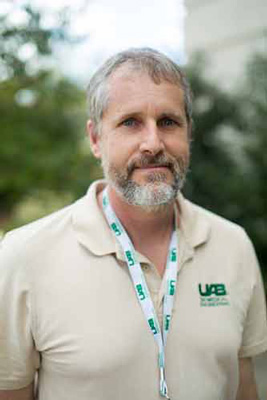Jack Rogers, Ph.D., Professor of Biomedical Engineering, was recently awarded a grant from the New Zealand Royal Society Te Apārangi through the Catalyst International Leadership Fellowship.
 The program’s aim, according to their website, is to support "exceptional individuals from any country outside New Zealand to catalyst science and innovation capability and capacity in New Zealand for a minimum of four weeks per year for up to three years."
The program’s aim, according to their website, is to support "exceptional individuals from any country outside New Zealand to catalyst science and innovation capability and capacity in New Zealand for a minimum of four weeks per year for up to three years."
Rogers’ winning proposal is titled, "Optical technologies for mapping heart and gut function." The proposal will seek to enhance New Zealand’s expertise and technologies in optical mapping of electromechanical function in living organs, such as the heart or stomach.
Rogers is a world leader in the development of new optical mapping technologies, primarily for studying of heart electromechanics. He submitted the grant with his New Zealand collaborator Leo Cheng, Ph.D., a Professor in the Auckland Bioengineering Institute at the University of Auckland. Cheng is a world leader in mapping the electrical activity of the gastrointestinal tract. The two have collaboratated for several years to study the electrophysiology of the stomach, which has applications for gastrointestinal motility disorders.
Rogers received his degrees in bioengineering from the University of California, San Diego. After working for several years as a computational scientist at the San Diego Supercomputer Center, he joined UAB in 1994. His research interests center on cardiac electrophysiology (the system that triggers and synchronizes each heartbeat) and electromechanics (the interaction between the heart’s electrical system and its function as a muscle). He works in similar themes in the gastrointestinal system. His laboratory develops new instruments and software for recording, analyzing, and understanding electromechanical function. Rogers is a world leader in the development of new optical mapping technologies, primarily for studying of heart electromechanics.
Rogers and his trainees will visit New Zealand for one month each year, in 2021 through 2023, to share and transfer his optical imaging expertise through direct collaborations with researchers and Ph.D. students, public seminars, conferences, and school visits.